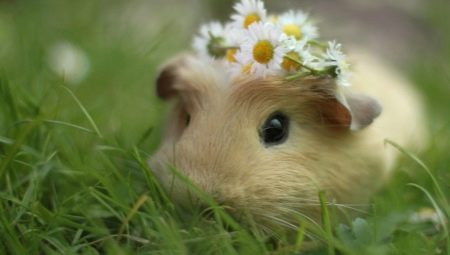Breeders bred about 80 breeds and varieties of guinea pigs, differing in size, texture, color. But people know little about them. We will try to fill this gap with interesting material.
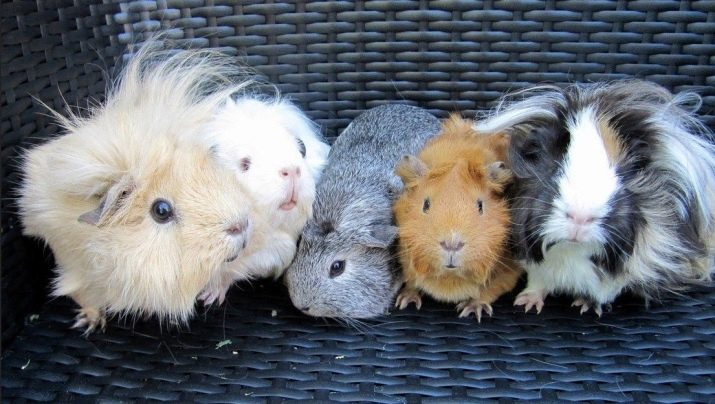
Origin
Guinea pigs (or Guinea) are classified as rodents of the genus Guinea pigs from the family of pigs. Nevertheless, the animal in no way intersects with the breed of pigs, and also does not correlate with the inhabitants of the deep sea. Their relatives are rabbit, squirrel, beaver, capybara.
In addition, it is unlikely that they are in any way associated with Guinea. These good-natured names were given to these good-natured animals historically in connection with their appearance, taking into account physiological and behavioral characteristics, as well as based on their habitats and distribution patterns. There are a number of versions about this, but it is rather difficult to give preference to any of them.

Cavey (another name for guinea pigs) is a very ancient animal. The Incas tamed them in the XIII-XV centuries, using them as a source of valuable, dietary meat and for decorative purposes. According to researcher Neringa, mummies of animals were found in Peru at the Ancona cemetery. As one of the most reliable versions says, their alleged wild ancestors still live in Peru.
Currently, enterprises in Peru contain up to 70 million domesticated animals. Every year they produce about 17,000 tons of valuable meat. For centuries, the inhabitants of the Andes have been supplying the meat of these animals, which has a whole range of dietary and taste properties.
Wild animals stay in small colonies on a flat, shrubby area. The animal is a burrow, equips its housing in underground dwellings with many moves and passages.
The animal cannot actively defend itself, and therefore is forced to live in groups. And the team, as you know, is hard to catch by surprise. Watchdog functions are clearly expressed and are executed in order of priority even in pairs. Intensively breed at different times of the year, due to the need to protect the species.
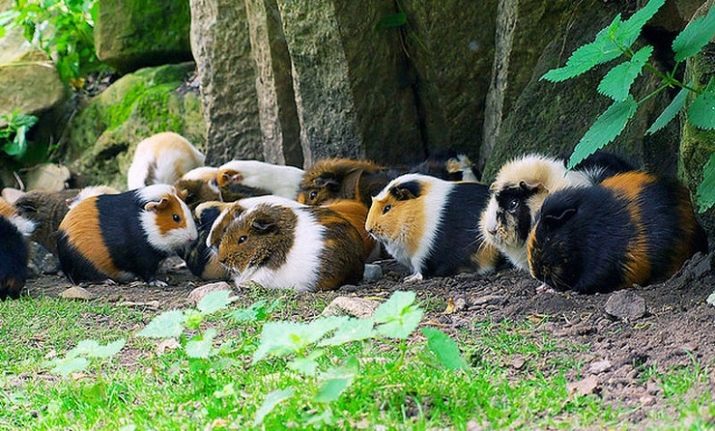
In addition, pigs have an extremely sensitive hearing and an unusually developed sense of smell. When danger arises, animals quickly hide in minks, where the aggressor does not get them. Pigs are unusually clean - they often “wash themselves” and tirelessly “wash” their children. Therefore, finding the animal by the smell of predators is not easy - its fur coat exudes only the finest odors of hay.
These fluffy animals became known to Europeans in the 16th century after the conquest of several American regions by the Spanish conquistadors. Later, by water, they ended up in Europe, where they spread like pets.
The average weight of a mature pig is 1-1.5 kg, length - 25-35 cm. Some representatives reach a weight of 2 kg. They live 8-10 years.
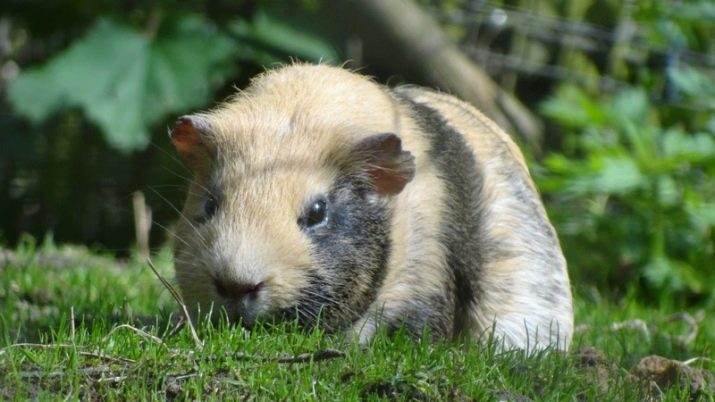
In domestic pigs, the color is usually brownish-gray, the belly is light. Wild pigs are usually gray. There are several groups of breeds of domestic animals (with different colors):
- with short hair (selfies, crosses, and others);
- with long hair (Texel, Peruvian, Merino, Angora);
- with hard hair (teddy, rex);
- without or with little wool (baldwin and skinny).

Domestic animals are more rounded and full. These gullible and good-natured animals love to be picked up, while comfortably starting to rumble.
At night they can barely audibly tweet like birds. Mating songs are performed by males in the style of rumbling of various tones. Due to the high susceptibility to pathogens of a number of infections, animals are widely used for laboratory experiments. This quality has led to their use in the diagnosis of various diseases - diphtheria, tuberculosis and others.
In the research of famous Russian and foreign bacteriological scientists (I.I. Mechnikov, N.F. Gamaley, R. Kokh), cavies occupy a leading place among experimental animals.

Name History
Consider why this funny animal was so strange named. Several hypotheses of the name are known, respectively, they are allocated a number of direct signs by two main factors:
- appearance;
- behavior and sounds made.
For the first time about the beast in his scientific treatises (The Chronicles of Peru), Pedro Sies de Leon writes in 1554, calling him "kui" (Spanish: Cuy). Later in the books of Diego G. Olgin (1608) there are "Ccoui", "Ccuy", which literally means "the local little rabbit." In this case, “ccuy” is translated as a “gift”. On the American continent, various representatives of this family have retained this name to our time.
If we take into account that animal’s dietary meat was eaten with pleasure, the animal was revered, and figurines and other decorative products with its image still exist, then the word “gift” in its semantic content is fully consistent with the object.
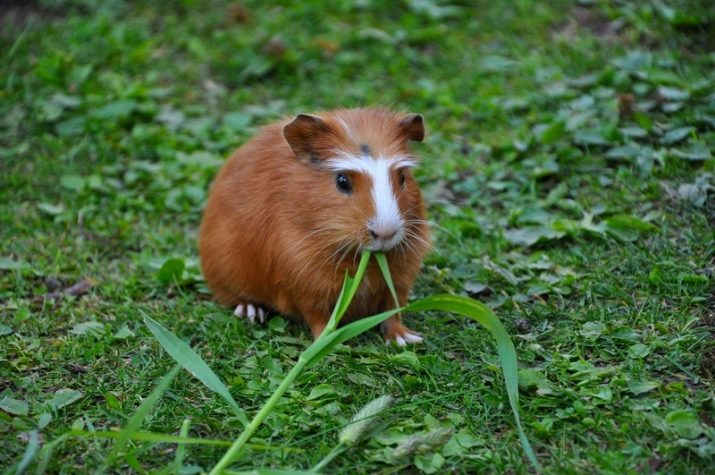
The name "guinea pig" appeared from the moment the animals appeared in Europe, where they were brought by Spanish sailors. Therefore, with a high degree of probability it can be argued that the animals got their European name in Spain. Thus, with the light hand of the Spanish sailors, the "rabbit-gift" turned into a pig. And since this same “gift” was overseas, upon arrival in Europe the animal also became “marine”, although it did not learn to swim.
Giving such a name and being observant people, the authors quite reasonably proceeded from several specific features of the animal inherent in its appearance, as well as physiological and behavioral characteristics.
Cavi is characterized by: an elongated body, a rough coat, a shortened neck, small legs. There are 4 on the forelimbs and 3 on the hind legs, equipped with large claw-like claws. The tail is missing. The voice of the animal is like the gurgling of water, and when fright goes into a screech. The sound outpourings produced by the animals are clearly reminiscent of the grunts of pigs.
In addition, a blunt muzzle is very similar to a pig nickel.
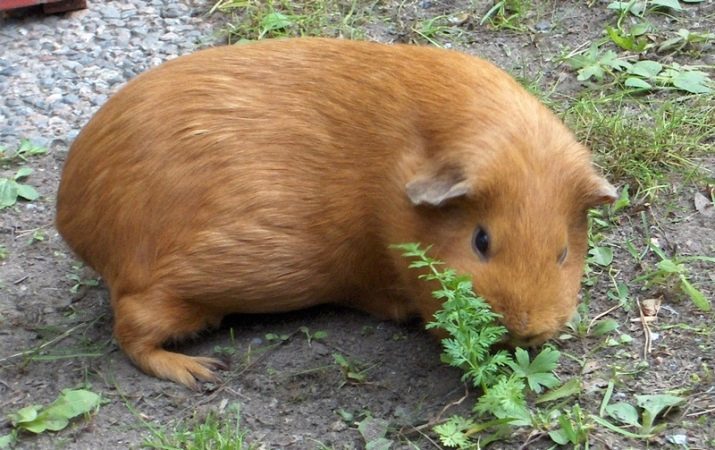
Cavi constantly chew and may well be kept in small pens used on ships for transporting pigs. For these reasons, the “pork” analogy is quite appropriate here.
It is likely that here played a role and the way the natives cooked pigs for food. Previously, the carcasses were scalded with boiling water to remove wool, similar to removing stubble from pigs.
As well as carcasses of animals for sale in Peru, they look very much like carcasses of dairy pigs.
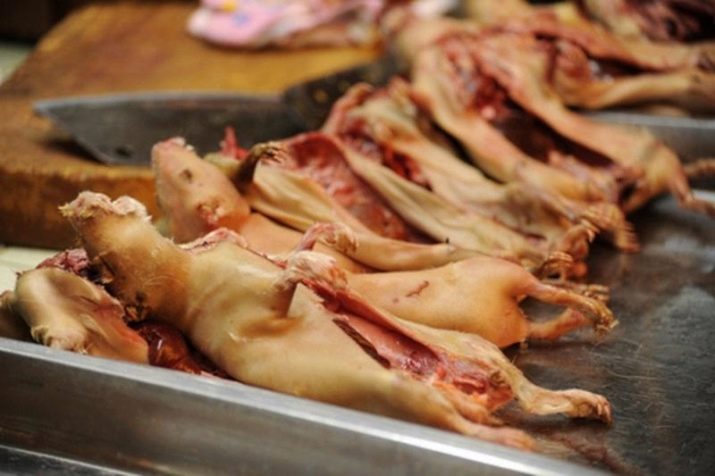
Indirect Versions
Existing indirect signs, which in their majority confirm the previously given hypotheses of the appearance of the name “guinea pig”. However, there are contradictions.
So, the English name containing the word "Guinean" is also explained in different ways. One of the versions is based on the fact that the trade turnover with Guinea by the time the animals appeared in Europe was the most intense, which is why it was often confused with other territories. Another version defends the opinion that initially cavies were not domesticated, but were used only as a food product. It is possible that the origin of the idiom guinea pig - “pig for guinea” (until 1816, guinea is a coin named after the state of Guinea where the British mined gold) is precisely related to this.
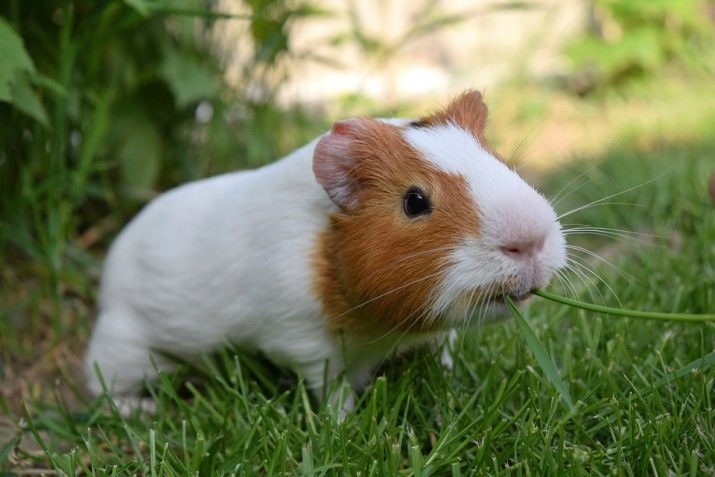
Another assumption - in England at that time, “guinea” in its common sense corresponded to everything brought from distant overseas territories. There is speculation that the caves really traded for 1 guinea. It is possible that the letters in the names Guiana (Guiana) and Guinea (Guinea) were simply confused.
Used the scientific Latin term Cavia porcellus, contains porcellus - "little pig", but the word cavia originates from cabiai (the name of the animal in the tribe of Galibi, who lived in French Guiana). Hence, the specialists use the name Cavy (keivi), while the term "Guinean pig" is used more widely.
In our country, the term appeared from Poland (swinka morska), and in Poland - from Germany.
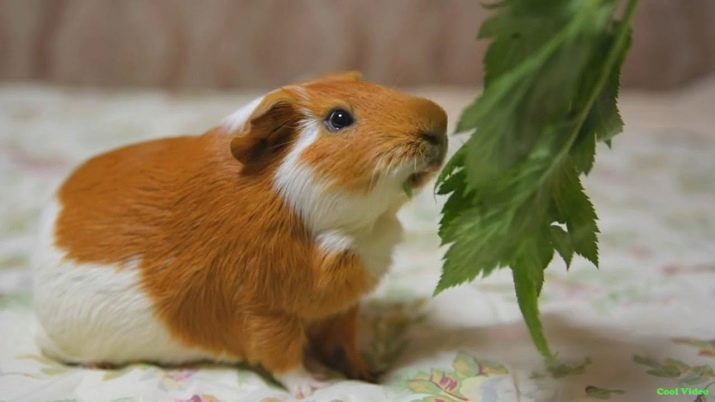
The name of guinea pigs in different countries
In most cases, the definition of animals contains or implies the word "pig." So the French have an Indian pig, the Dutch have a Guinean pig, the Portuguese have a small Indian pig, the Chinese have a Dutch pig. The list goes on.
However, there are parallels with other animals. In Japanese - モ ル モ ッ ト (morumutto - groundhog); in Spanish - conejillo de Indias (little Indian rabbit); in one of the German dialects - merswin (dolphin). Such sharp differences are most often explained by the linguistic features of the language and coincidences in pronunciation.
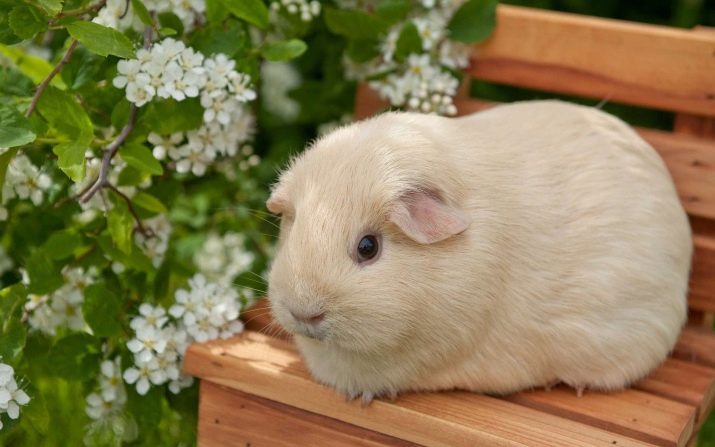
Summarizing, we note that in various languages the animal is called differently:
- in German, guinea pig;
- in English - Guinea pig, homemade cavie, restless (mobile) cavie;
- in Spanish - Indian pig;
- in French, Indian pig;
- in Ukrainian - morska pig, cavia guinea;
- in Italian - Indian pig;
- in Portuguese - Indian pig;
- in Dutch - Indian pig.
It is clear that a certain variety of names reflects the history and source of the animals in one country or another. An important factor in this context is the language features of a particular country. Nevertheless, the presence of an overwhelming “swine” analogy in the name of this creature speaks in favor of the main version. Moreover, the “mumps” doesn’t cut the ear so much as its basic source of origin.
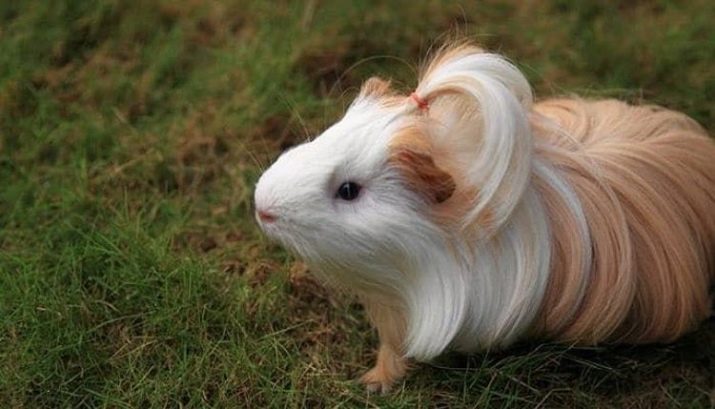
Be that as it may, but the guinea pig is a cute, good-natured and funny animal that remains a real gift for animal lovers and especially for children.
See why the guinea pig is called so in the next video.
